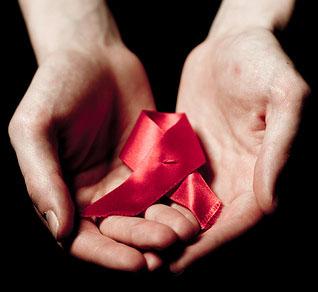According to a 2011 report released by UNAIDS, the United Nations Joint Programme on HIV/AIDS, the number of new HIV infections in 2010 was down 21 percent from the staggering 1997 apex of the disease.
The report states that 2.7 million new HIV infections were reported in 2010. This statistic included an estimated 390,000 children, which is significantly lower than previous reports.
“This was 15 percent less than in 2001, and 21 percent below the number of new infections at peak of the epidemic in 1997,” the report states.
The number of people contracting HIV has continued to fall — in some countries more rapidly than others — according to the report.
“HIV incidence has fallen in 33 countries, 22 of them in sub-Saharan Africa, the region most affected by the AIDS epidemic,” said the report.
The UNAIDS report reminded Timothy Leisman, junior peace and conflict studies major, of the need to continue the fight against the pandemic.
“We cannot allow positive reports regarding AIDS to let us devalue its problem,” said Leisman. “However, the report definitely shows human technology making life better.”
The report also brought to light “a new generation of young people” that are taking charge of their destinies and protecting themselves against HIV.
The report indicated there are positive trends with younger people in countries with the greatest HIV burdens.
“HIV prevalence declined among young people (aged 15–24 years) in at least 21 of 24 countries with national HIV prevalence of 1 percent or higher,” according to the report.
The report also suggested that with improved treatment regimens and strengthened commitment to a comprehensive response, it is feasible by 2015 to eliminate new HIV infections among children and to keep their mothers alive.
The number of new HIV infections among children has almost completely stopped, with the number of new infections among children falling by 93 percent between 1992 and 2005 in the U.S.
Also noted in the report, more people are surviving rather than dying once contracting the virus. The report attributes this to the fact that people now have better access to treatment. The number of individuals living with AIDS is estimated at 34 million, up 17 percent from 2001.
This number of AIDS patients still alive and functioning includes new HIV infections. However, the overall trend is indicative of the impact that increased access to antiretroviral therapy has on reducing AIDS-related deaths.
Anthony S. Fauci, director of the National Institute of Allergy and Infectious Diseases and one of the key advisors to the White House and the Department of Health and Human Services on global AIDS issues, told the Guilfordian that the data from the UNAIDS report is as accurate as can be expected in the tracing of such a large pandemic.
Fauci noted that although cases and deaths are declining, AIDS is still an enormous global health problem and people should not let their guard down.
“History has taught us that as certain epidemics have begun to decline, people lost interest in them only to see them return with a vengeance,” said Fauci.
Fauci told the Guilfordian that college students can play a major role in AIDS prevention.
“College students can further the battle against AIDS by taking care that they do not get infected by practicing risky behavior,” said Fauci.
Fauci encouraged students to increase awareness of the risks of contracting and spreading the HIV infection by supporting programs led by the U.S. government and NGOs fighting the AIDS pandemic.
The 2011 UNAIDS report is consistent with Fauci’s assertions, as it calls for community action to maintain the forward momentum against the pandemic.
“Now is the time for action, the time to translate words of commitment into meaningful and lasting results for people,” said the report.

